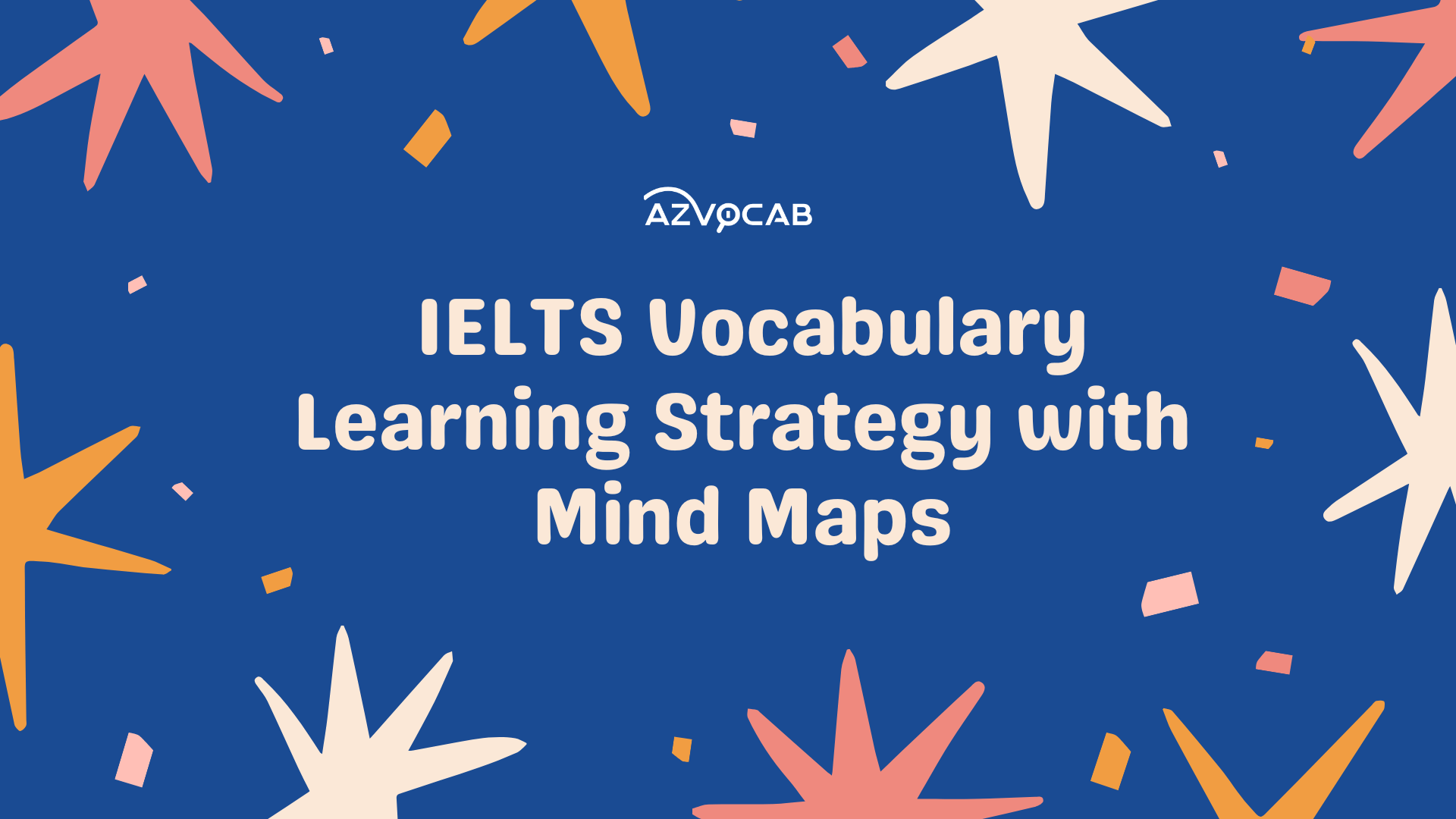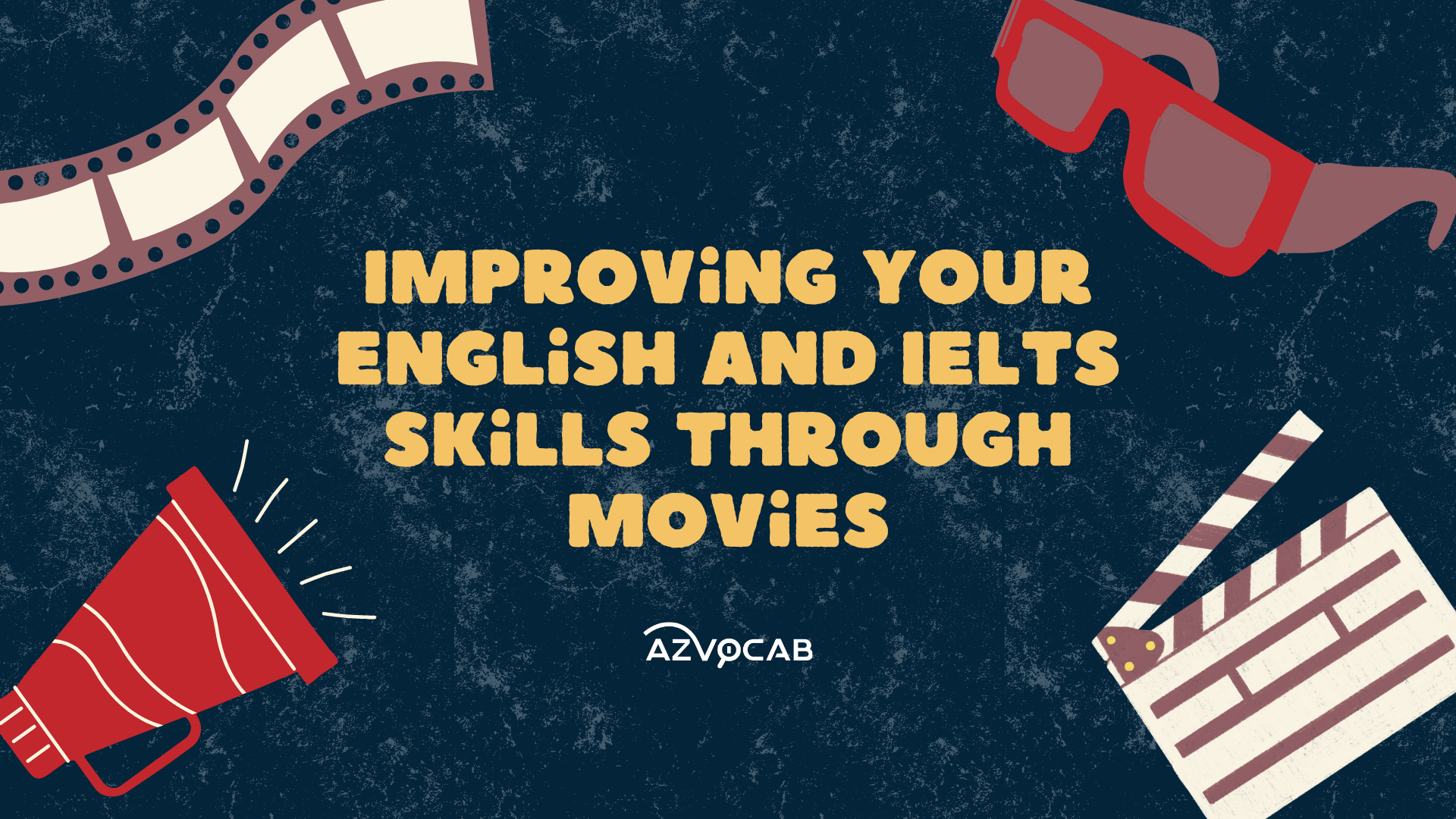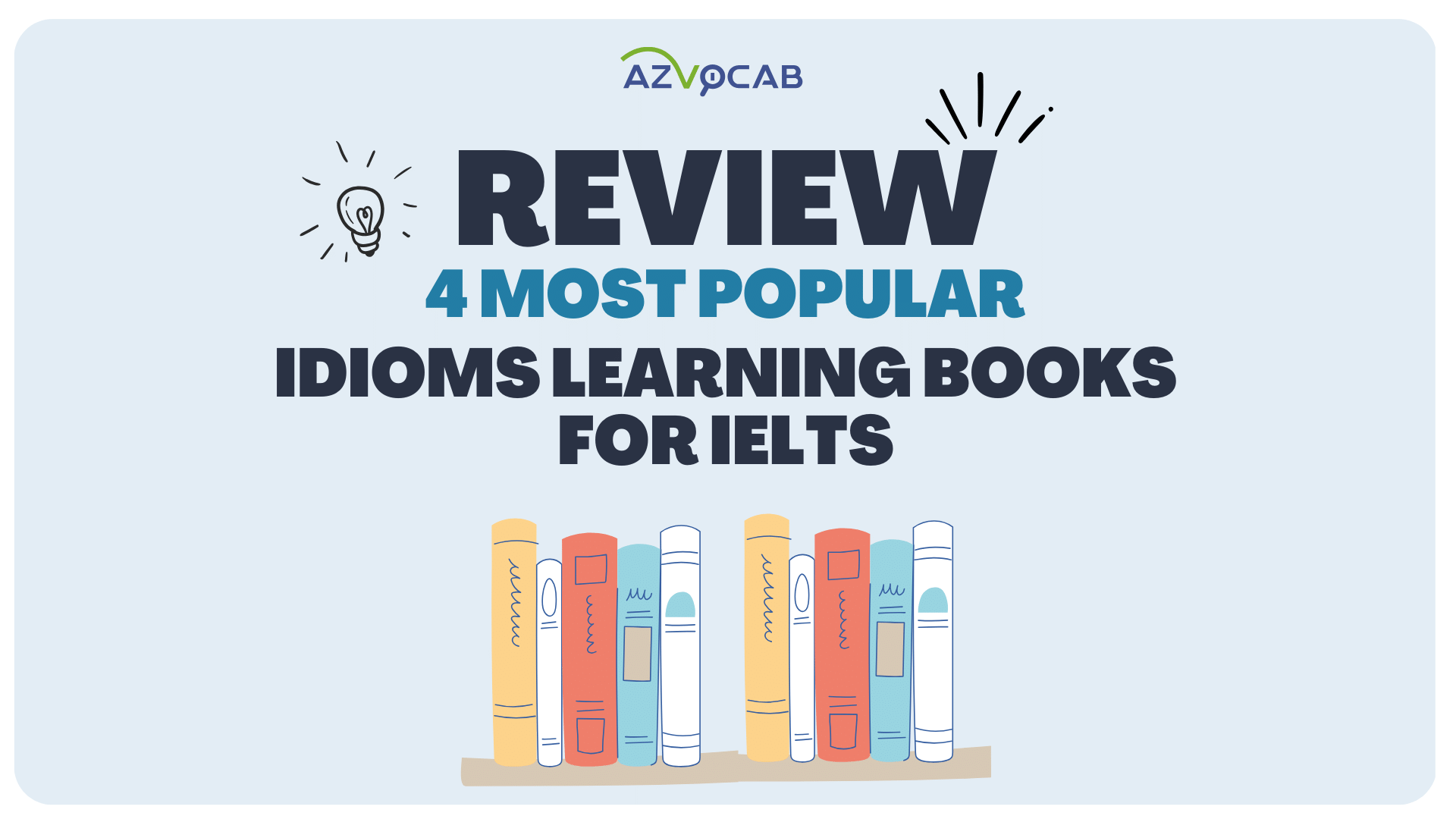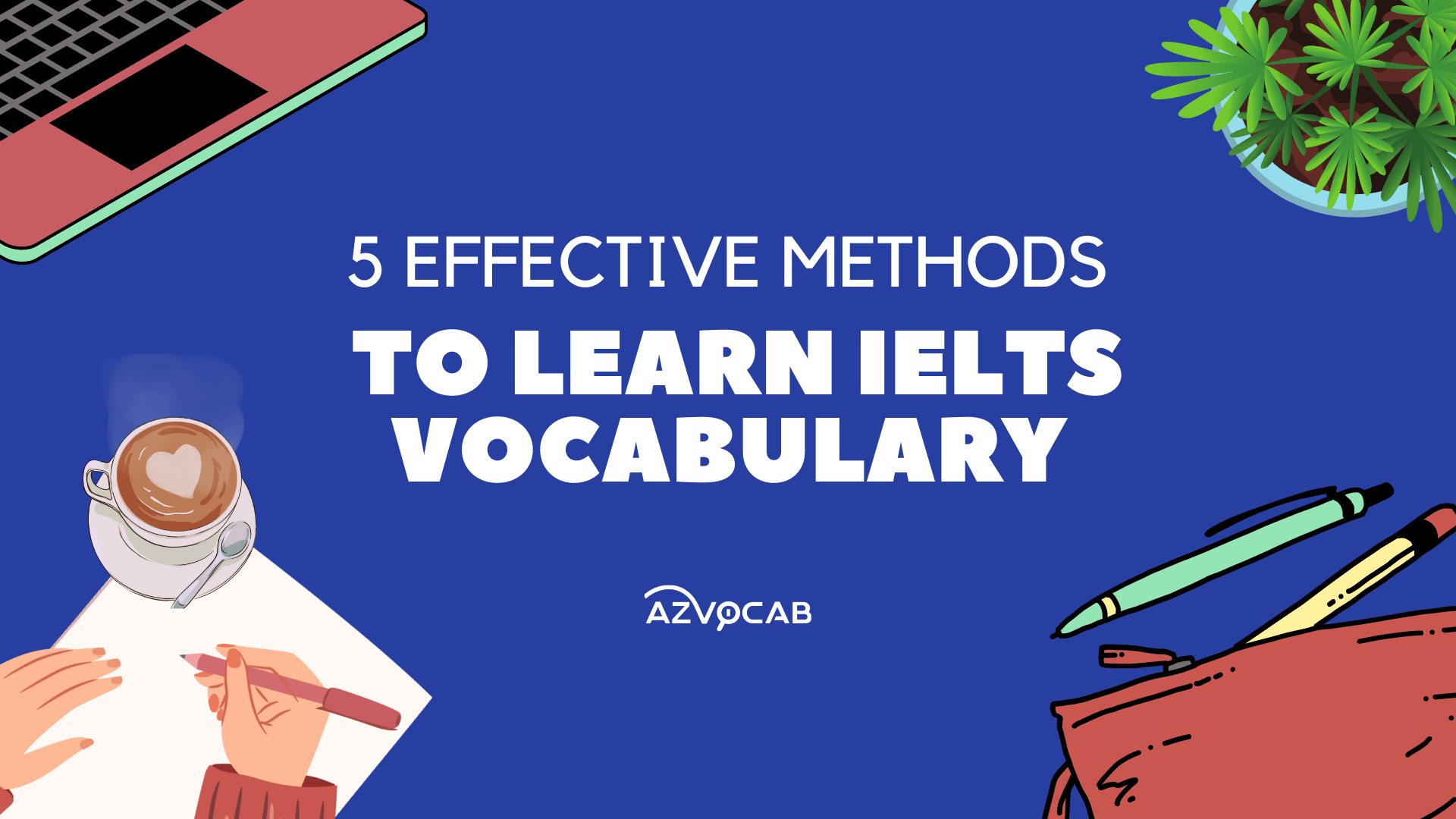Learning IELTS vocabulary through traditional note-taking methods can provide certain benefits. However, this approach may not be effective for many learners and can lead to boredom. Therefore, let’s consider the IELTS vocabulary learning method by creating mind maps.
What is a mind map?
A mind map is a learning method that operates by transforming knowledge and thoughts in the brain into images and words. Mind maps leverage the human brain’s ability to remember images to help learners retain knowledge and generate ideas.
Similar to how neurons connect when using mind maps, our brains automatically activate memory and information connections. When information is interconnected, it becomes familiar and is stored in long-term memory more effectively.
The process of organizing and synthesizing information is similar to organizing a wardrobe by color, clothing type, etc., so you can quickly and conveniently retrieve what you need. Thus, organizing information helps us use knowledge rationally and scientifically. A mind map is an interesting and effective learning method that can be applied not only to English but also to various other subjects. Typically, a mind map includes the following elements:
- Main topic Subtopics (sub-branches)
- Keywords
- Illustrative images
- Branches represent connections (similar to a spider’s web or tree roots)
- Distinguishing colors and branch sizes represent levels or roles (large branches, small branches)
Benefits of Learning IELTS Vocabulary through Mind Maps
As mentioned earlier, applying mind maps to learning IELTS vocabulary offers learners numerous benefits. Compared to traditional note-taking methods, mind maps intelligently and scientifically bridge the gap between knowledge:
- IELTS vocabulary mind maps help you manage a large and difficult-to-remember vocabulary in a short time. A mind map can condense 2-3 pages of vocabulary into keywords, and short phrases, and use colors, images, and associations. These elements stimulate the brain to remember the necessary knowledge quickly.
- Mind maps assist you in breaking down vocabulary, understanding the meanings of individual words, grouping vocabulary, and rearranging them into smaller vocabulary fields or new vocabulary fields.
- Mind maps are an effective way to apply vocabulary to real-life situations. When grouping similar vocabulary, you can provide examples and add more whenever you like.
- IELTS English vocabulary mind maps make learning more enjoyable and creative and avoid boredom compared to traditional learning methods.
Guide to Learning IELTS Vocabulary through Mind Maps
Drawing mind maps by hand is the best way to learn IELTS vocabulary. Drawing is equivalent to synthesizing knowledge and taking notes once again. With just a few simple tools like paper, pen, highlighter, along with the necessary IELTS vocabulary books and materials, you can build a mind map by following these steps:
- Step 1: Choose the vocabulary topic as the root of the mind map. Draw a prominent shape at the center to note the topic and color it.
- Step 2: Draw large branches emanating from the center. Develop at least 4 branches and use different colors to differentiate them.
- Step 3: Write down the key keywords for the topic on each large branch.
- Step 4: Add sub-branches for each key keyword.
- Step 5: Expand the mind map by adding smaller branches one by one and filling in words until it’s complete.
During the process of constructing an IELTS vocabulary mind map, learners should pay attention to symbols and colors to highlight keywords, making it easier to access the lesson.
Some Notes for Learning IELTS Vocabulary through Mind Maps
When drawing IELTS vocabulary mind maps, learners should consider the following issues:
- Each person may have a different way of thinking about a vocabulary topic. You can be creative and expand topics according to your imagination without being limited to any templates.
- Break down topics and further divide them into multiple mind maps if the original topic is too broad to avoid overloading with vocabulary, making it difficult to learn.
- Use colors and symbols systematically to make the mind map more visually appealing.
Some Tools to Help Create Mind Maps
In addition to hand-drawing with pen and paper, we can also build IELTS vocabulary mind maps using online support tools. Learners can use a variety of machine-assisted tools to make the process of creating mind maps faster and more visually appealing, such as:
Templates for IELTS vocabulary mind map for reference
If you only rely on reading theory, it can be challenging for learners to practice. Understanding this, azVocab provides a sample IELTS vocabulary mind map with the theme “Environment” that has been categorized according to the IELTS vocabulary set on the azVocab app for your reference.
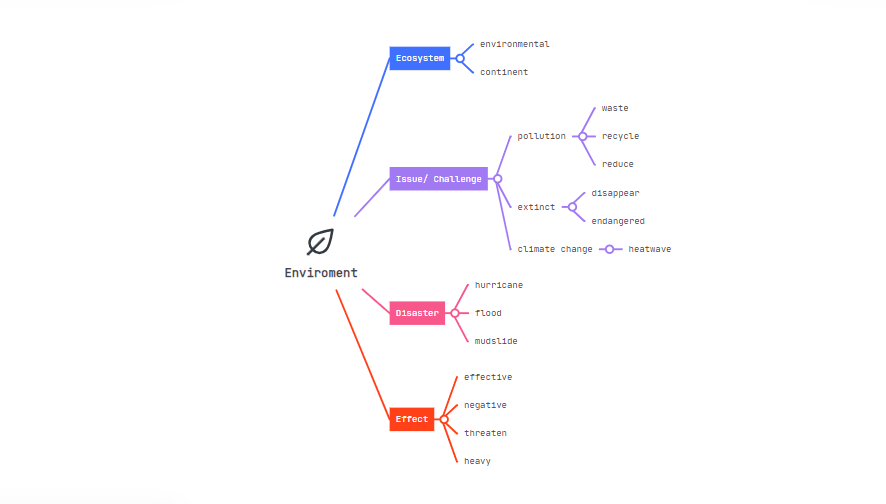
IELTS Vocabulary Mind Map on the Topic of Environment
The IELTS vocabulary set on the topic of “Environment” provided by azVocab is used to create the mind map:
In addition to the “Environment” topic, azVocab has compiled many IELTS vocabulary sets categorized by specific topics to serve those who want to enhance their language skills and expand their vocabulary for this exam. You can access the website to use these vocabulary sets to create your own mind maps!
The method of learning English vocabulary through mind maps is becoming increasingly popular due to its benefits. So, why wait? Start designing your own IELTS vocabulary mind map now. Wishing you success on your journey to conquer the IELTS exam.


